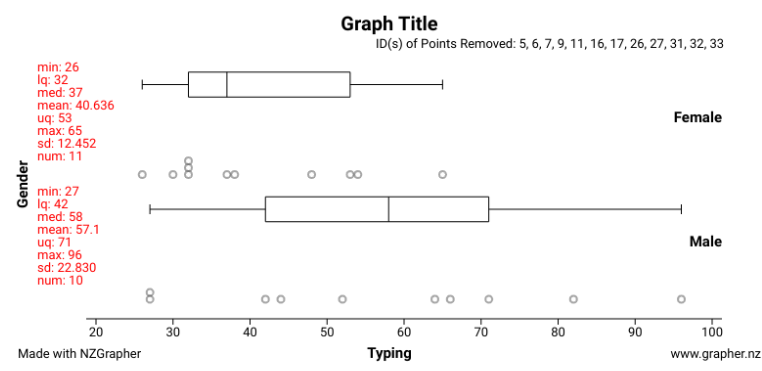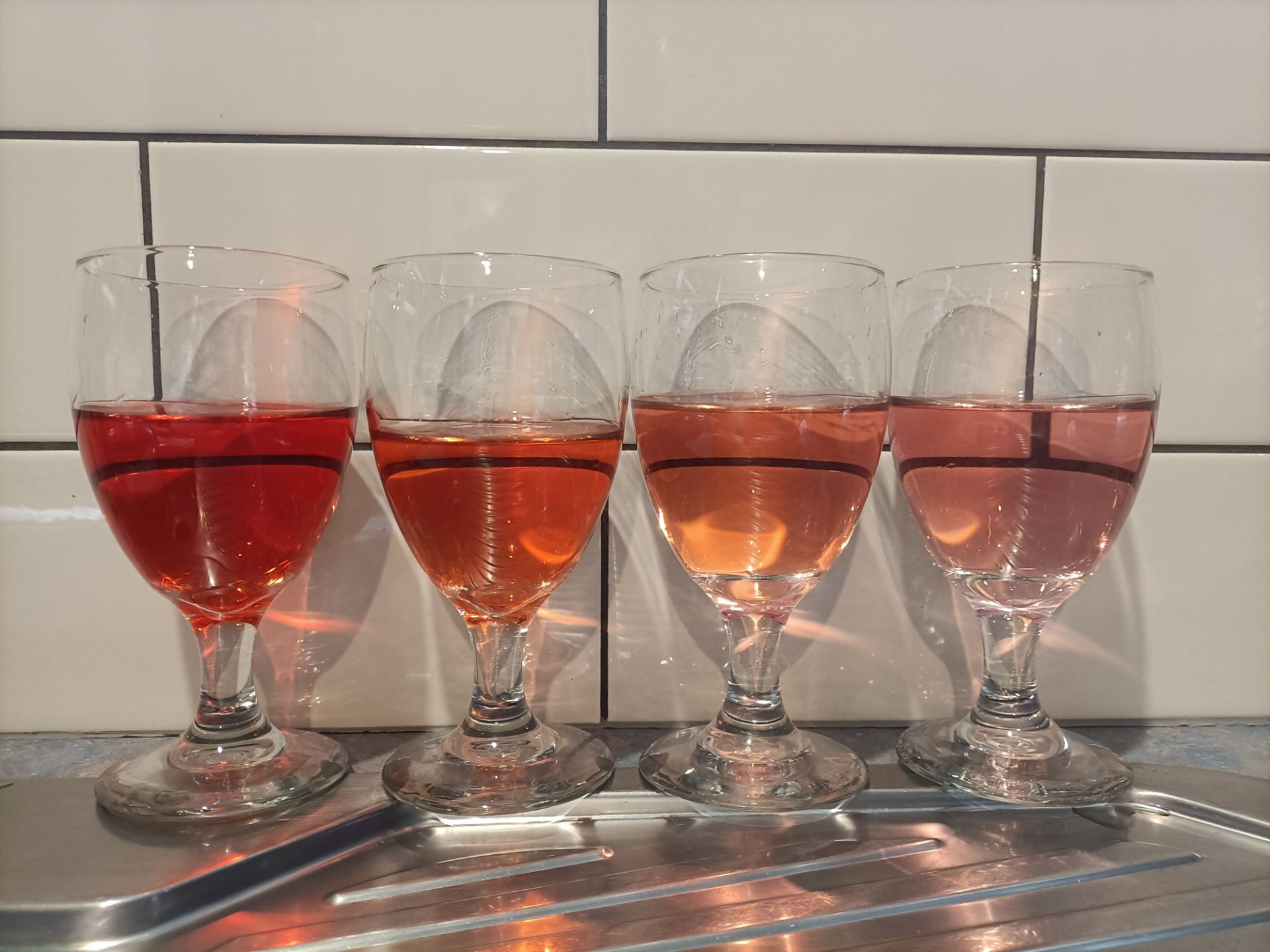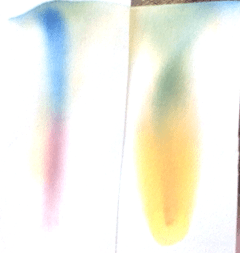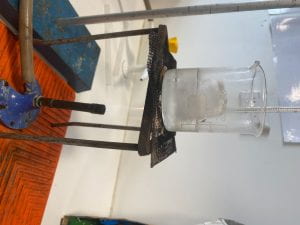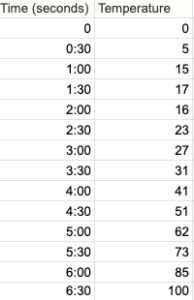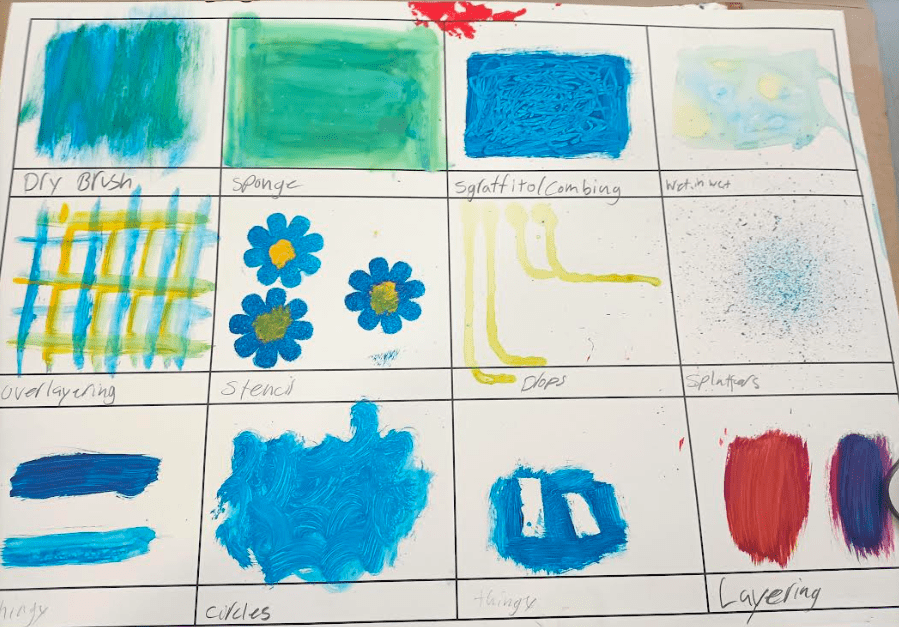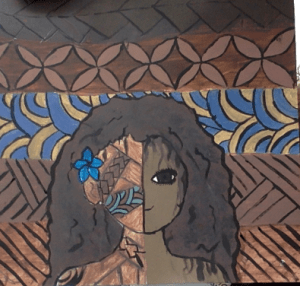Wind Racers
Aim:
To time how long it takes to get to a certain distance and to calculate the wind racer’s speed by using the time(s) and the distance travelled(m).
Method
– Equipment:
- Paper
- Wooden base
- Bamboo sticks
- Tape
- String
- Cardboard
- Lego figure
- Coloured pens
- Pens/Pencils
- Glue stick
– Making process:
- First, we put two bamboo sticks together in a cross shape and tied them together with a string.
- We attached the cross to the wooden base
- Then we used two pieces of paper and taped them together to make a mast and we even drew a Hot Wheels logo to the flag to do our design.
- We taped grey/black paper to the wooden base and glued white lines to the black paper so it looked like a road on the wooden base.
- We then made a mini car out of cardboard and taped it on the road.
- Later after we put the mast on the cross we added a cardboard crow’s nest to the top of the cross to put the Lego figure in.
- When we finished our wind racer design which was Hot Wheels we checked for any holes on the wind racer that might not catch wind that could make the wind racer move.
– Wind racer end design:
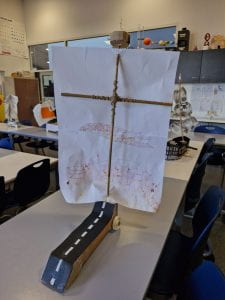 .
. 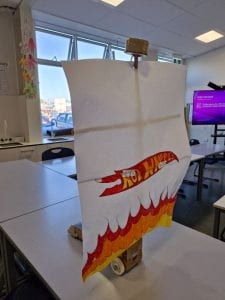
– Racing:
- To do the racing all we had to do was set the wind racers back at the zero mark of a tape measure on the ground and then we had to start a leaf blower that would push the wind racer along the tape measure and we would have to turn off the leaf blower when it would get to a certain distance. The wind racer might go a little further along the tape measure even when the leaf blower gets turned off which would be our distance travelled (m) wherever it stops. We also had to time the wind racer and stop the timer when it got to a certain distance, whatever time it stopped would be the time(s).
Results:

Discussion:
– What are the forces acting on your wind racer?
- Air resistance
- Thrust/push
- gravity
– Are they balanced/unbalanced?
- The forces are unbalanced due to the windracer moving in one direction meaning there is more force moving it in one certain direction. The diagram below shows the wind racer has more force pushing it forward(left) making it move forward to the left instead of backwards to the right.
Diagram:
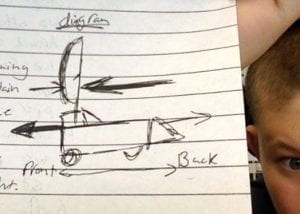 (don’t mind the top arrows)
(don’t mind the top arrows)
– What is net force and how does it relate to the forces acting on your wind racer?
- Netforce is total force. For the wind racer, there is a greater force moving it in one direction and there is a smaller force trying to stop it.
– What are the strengths of forces acting on it at different stages?
Start:
- At the start, there is more pressure applied due to needing enough force to push it forward to get it to start moving.
Middle:
- The wind racer should be at a constant speed or even speeding up due to the forces getting up to strength where it is already getting the wind racer moving.
End:
- The wind racer at the end should be slowing down due to there being less wind/pressure pushing it forward. Soon bringing it to a balanced force since it is stopping and staying still.
– Why do you think results may vary in the class?
– Human error
– Design
- More surface area for the wind/pressure to push on to make it go more of a distance faster.
- Less weight on the cart making it easier/lighter to push/move.
Conclusion:
– How was your wind racer successful/unsuccessful and why?
- My wind racer would be both successful and unsuccessful
- It got quite a long distance in the end but it did take it quite a long time to get to said distance. The large mast did help it get to said distance but we didn’t attach the cross to the wooden base well enough so it spun around and didn’t catch the wind much.
– How could you improve it?
- I think I could have attached the cross to the wooden base better which would’ve helped it not spin and would have made it move further.

